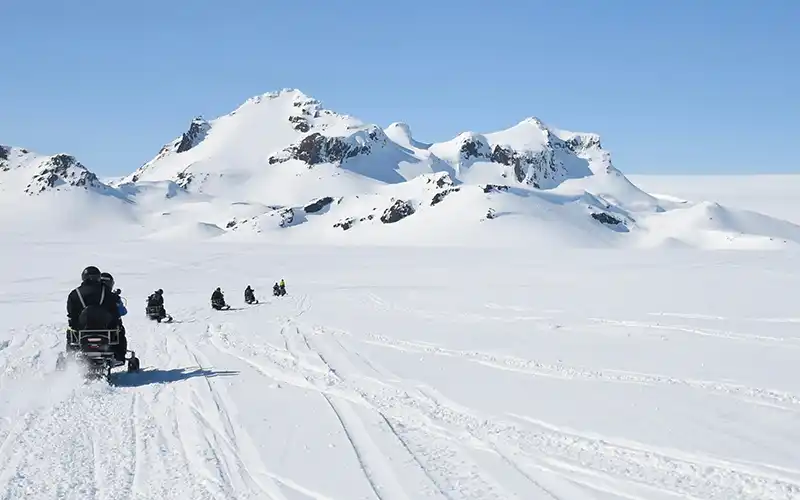In the frozen reaches of Antarctica, something serious is unfolding. Glaciers are melting faster than expected, releasing ice into the ocean and slowly raising sea levels around the world. It’s a creeping crisis, but one that’s gaining urgency, and a new initiative is stepping in to help change the outcome.
The Arête Glacier Initiative brings together scientists, engineers, policy experts and funders to focus on one goal: understanding glacier collapse better and testing real-world solutions to slow it down. Their approach blends cutting-edge modelling, satellite data, machine learning, and physical experiments — all designed to get clearer answers about what’s happening beneath the ice and what might work to protect it.
Right now, the biggest challenge isn’t just the melting — it’s the unknowns. Without accurate forecasts, it’s hard for governments and coastal communities to plan for what’s coming. Arête is funding new research to fill those gaps, from lab-grown mini glaciers that simulate how real ones flow, to mapping the terrain hidden far below the surface of the ice.
But they’re not stopping at forecasts. The team is also testing tools that could one day slow or stabilise glacier loss — ideas like heat-extracting thermosyphons or friction-reducing materials placed at key points beneath ice sheets. It’s early days, but the thinking is clear: we can’t protect what we don’t understand, and we can’t wait for certainty to start preparing.
Beyond the science, Arête is building momentum. They’re inviting new researchers, supporting grant applications, and opening conversations with funders, policymakers and journalists. Sea-level rise isn’t just a scientific issue — it’s a human one, and one that calls for action across fields and borders.
The next few years will be critical. Arête’s goal is to produce not only better predictions, but also to complete tests on at least one method that could realistically help stabilise ice in the real world. If they succeed, it could lay the groundwork for full-scale trials in the field, turning glacier research into global resilience.
What’s happening in Antarctica may seem far away, but its effects are already reaching coastlines from Florida to Bangladesh. The work Arête is doing is complex, but its purpose is simple: to buy time, reduce risk, and give us a chance to shape a future where sea levels don’t rise unchecked.

